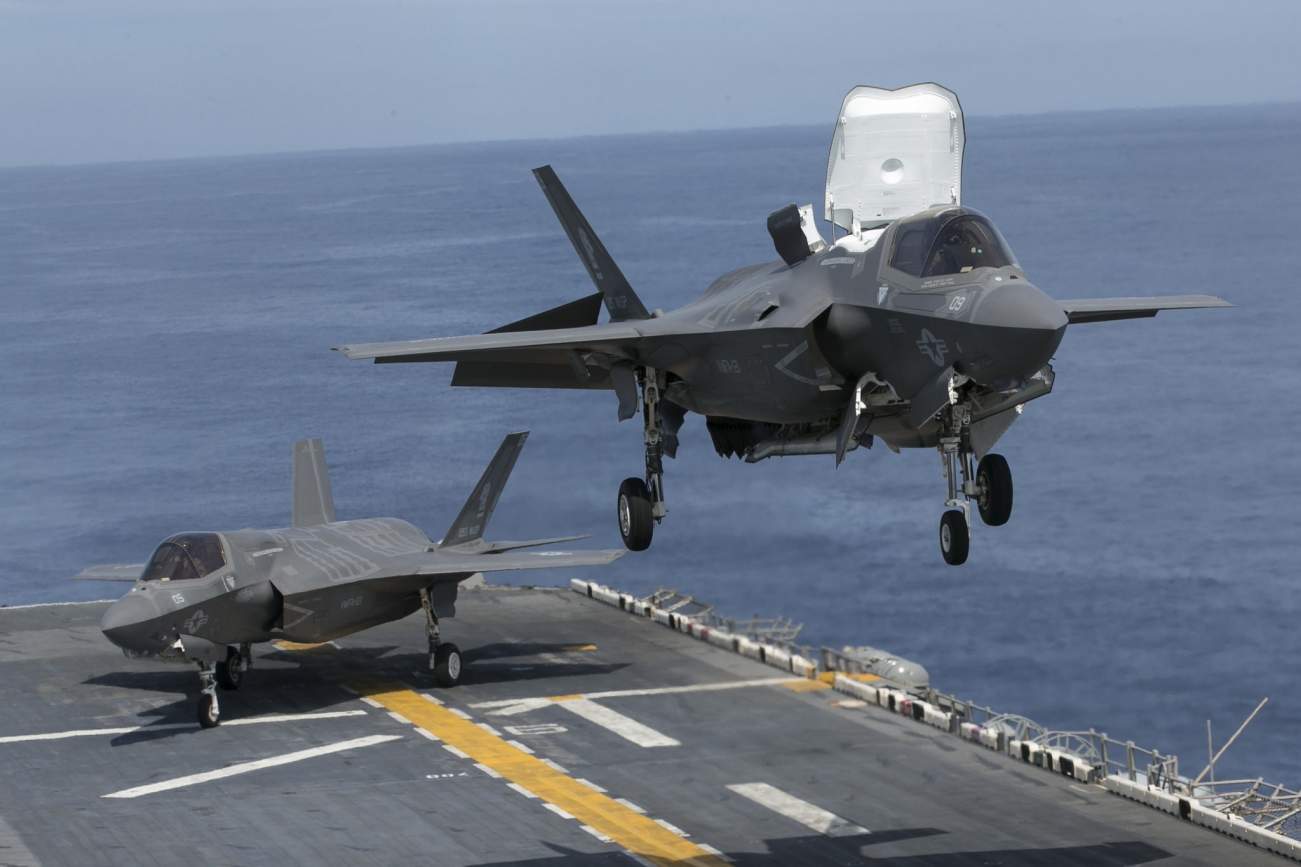History Proves Taking on the U.S. Navy Is a Really Bad Idea
Tom Callender
Security,

As long as Congress provides the Navy with sufficient and stable funding to rebuild and modernize the fleet, its sailors will continue to adapt and employ their ships, submarines, and aircraft with new tactics to overcome these new challenges—just as they have for 243 years.
Oct. 13 marked the 243rd birthday of the United States Navy.
The Navy has grown and evolved dramatically from that first “swift sailing vessel” of the Constitutional Navy. Today, the Navy’s fleet of 286 ships and submarines is the most capable and powerful naval force in the world.
The identity and traditions of the Navy were forged in numerous battles and military campaigns over the past two centuries. From its modest beginnings with a handful of ships tasked with protecting the maritime trade of our fledgling nation, the Navy first came of age with a string of decisive victories against the British Navy during the War of 1812—at that time, the largest and most powerful navy in the world.
The fighting spirit of this underdog and upstart navy was captured by the dying words of Capt. James Lawrence: “Don’t give up the ship.” Oliver Hazard Perry made those words immortal when he emblazoned them on his battle flag as he commanded U.S. naval forces in the War of 1812, leading them to victory over the British at the Battle of Lake Erie.
Another legendary moment in naval history came in the Civil War, when Rear Adm. David Farragut led Union sailors to victory over Confederate forces in the Battle of Mobile Bay. The image of Farragut lashed to the rigging of his flagship USS Hartford, ordering his ships to “Damn the torpedoes, full speed ahead,” has been ingrained in generations of young sailors up to the present day.
The Pacific Theater during World War II saw numerous key naval battles and victories—and countless naval heroes. From the surprise attack of Pearl Harbor to decisive U.S. victories in the battles of Coral Sea and Midway, which began to turn the tide against the Japanese navy, and finally the battles of Philippine Sea and Leyte Gulf, which all but decimated Japanese naval forces and spelled the inevitable defeat of the Japanese, U.S. sailors distinguished themselves in history.
In all, 57 Navy sailors during World War II were awarded the Congressional Medal of Honor.
By the end of World War II, the U.S. Navy had been firmly established as the pre-eminent navy in the world, a place it held throughout the Cold War up to the present day.
Read full article
